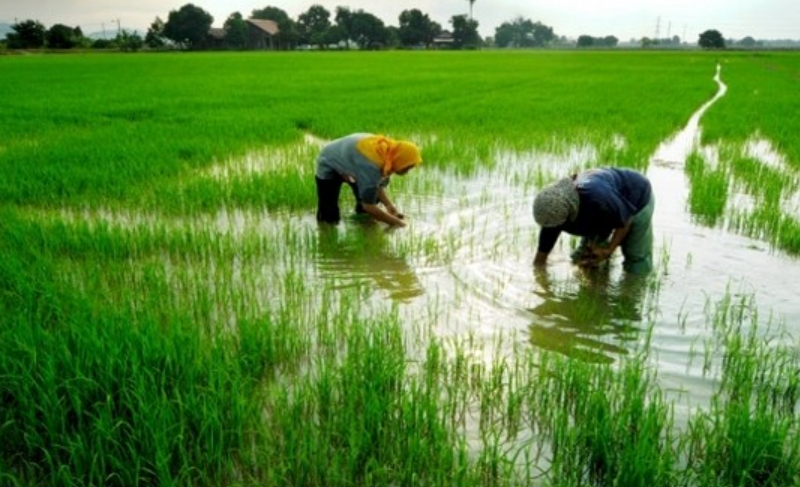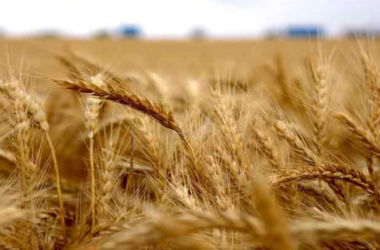The Philippines, recognized as the world’s leading importer of rice, has announced an ambitious plan to invest $1.7 billion (93 billion pesos) in building essential infrastructure aimed at enhancing food production and reducing post-harvest losses. This significant initiative, outlined by the Department of Agriculture, aims to fortify the nation’s agricultural sector, minimize dependency on imports, and ultimately contribute to stabilizing food prices.
The primary focus of the investment is to construct facilities that will effectively curtail post-harvest losses, a critical issue contributing to the country’s dependence on imported food supplies. The Department of Agriculture has outlined its intention to increase rice and corn inventory by an impressive 23 days, signaling a commitment to fortify the nation’s food security.
Agriculture Secretary Francisco Tiu Laurel emphasized the nation’s aspirations to modernize farm and fisheries production while simultaneously enhancing the logistics system. The strategic goal is to address the challenges faced by the agricultural sector, particularly in terms of inefficiencies and losses associated with poor logistics.
Approximately 30% of farm production in the Philippines is lost due to logistical challenges, leading to significant economic losses. Secretary Tiu highlighted that by eliminating these losses, the cost of high-value crops and vegetables could be reduced by up to 15%, offering potential benefits for both farmers and consumers.
Government data reveals that the Philippines incurs substantial post-harvest losses, amounting to 494,000 metric tons or 10.8 billion pesos annually for staple grains like rice and corn. The staggering figures underscore the urgency of addressing inefficiencies in the agricultural supply chain to ensure sustainable food production.
As part of this comprehensive plan, the government aims to complete the construction of 47 cold chain facilities by June 2028, coinciding with the end of President Ferdinand Marcos Jr.’s term. This adds to the 268 facilities already built as of November, reinforcing the storage and transportation infrastructure critical for preserving the quality of agricultural products.
The Philippines, despite being a major importer of rice, has faced challenges related to rice price shocks. The government’s multifaceted approach, including a month-long price cap in September and lower import tariffs, aims to mitigate such shocks. The recent data indicates that while overall consumer prices rose 3.9% in December, rice inflation witnessed its quickest pace since March 2009.
The Philippines’ ambitious $1.7 billion investment plan underscores the government’s commitment to fortify the nation’s food security and reduce vulnerabilities to external factors. By addressing post-harvest losses, modernizing agricultural practices, and expanding critical infrastructure, the country aims to create a more resilient and self-sufficient food production system. This strategic initiative is poised to have far-reaching impacts on the agricultural sector, benefiting farmers, consumers, and the overall economic stability of the nation.








